The next time you’re out camping, whether outdoors in the wilderness or proper outside in your backyard, try this hack out for an effortless campfire all night long. While some prep work is involved, it’s well worth it if you don’t need a huge bonfire and if you plan to cook meals over the flames.
Instead of tossing any firewood into your fire pit, grab one thick log and make two cuts. These cuts should be deep, at least halfway through the log, and form an X on the top. In the video below, YouTube user Doogly demonstrates how to make a Swedish torch, which is also known as a Swedish candle, Canadian candle, Swedish fire torch, Swedish log stove, or similar name, using a chainsaw.
Once your cuts are created, add fire kindling such as newspaper, brush, or even wine corks into the depths of the log and light them. Remember to keep the X facing upwards so the flame rises from within the log rather than downwards and dangerously toward the ground.
If you don’t have a chainsaw, you can attempt to use many thick woodcuts together in the same shape, but you won’t get the same effect.
 Image Via Silver Skyline
Image Via Silver Skyline
These Are Good for Campfires & Cookouts
Once you’ve lit your newly cut log, you have a long-lasting fire that will keep burning until you’re ready to hit your tent. Yet this fire-building technique offers more options than simply warmth and light—it also provides a ready-made stovetop for your camp cooking.
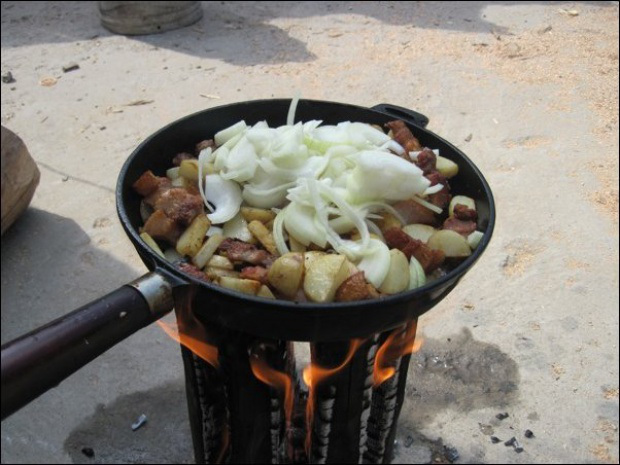 Image via Hessie Scout Group
Image via Hessie Scout Group
Nick Weston, writing for Back Woods Home, considers this log-cutting technique an excellent choice for outdoor chefs roughing it. After about 30 minutes of burning, the log’s flat top becomes the perfect place to set a skillet.
As the wood and its flame continue to burn, it reaches a high enough temperature to cook on top. And, the longer it remains lit, the higher the temperature—meaning you could even slow-roast your favorite meat directly inside the log.
After 30 minutes, use a skillet or kettle.
After 3 hours, you can slow roast meat inside!
Images via Back Woods Home
Another benefit to this easy-to-create camp stove is that it requires no effort. The log will continue to burn through the cuts, heating the wood from within its center and warming whatever you place on top.
The Type of Wood You Use In Campfire Matters
Nick Weston also suggests considering what type of log you’d like to use before creating this long-burning fire. Different types of logs create different effects as they burn, and your choice may depend on the purpose of your campfire.
Image via Badgells Wood Camping
To relax around your campsite, seek woods like pine, fir, and birch. Weston calls these softwoods, which give off the scent and light of the traditional campfires we all love. He recommends selecting a “well-seasoned” wood rather than one that is stripped of its bark and natural growth.
However, this wood log isn’t the best for cooking food. If you plan to make your fire on your outdoor stove, Weston suggests avoiding any varieties of wood that give off a soot and smoky taste. Instead, try to use hardwoods like beech, apple, cherry, and oak. According to Weston, these logs don’t hold much moisture, preventing excess smoke and better burns.
Cover images via Warren Hardy, dittidot/Reddit
Like what you’re reading? Subscribe to our top stories.







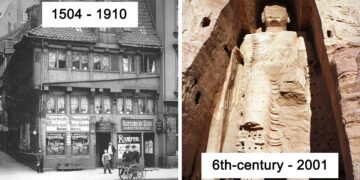




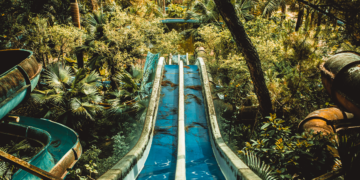







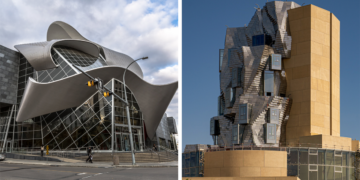
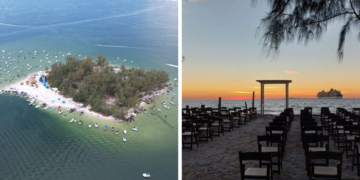
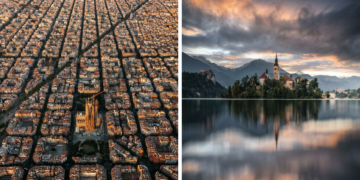
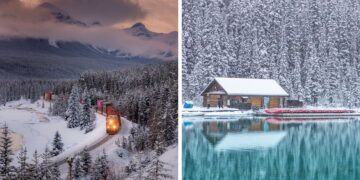
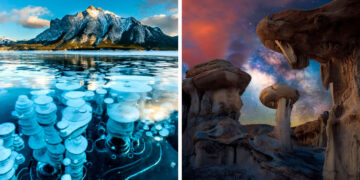

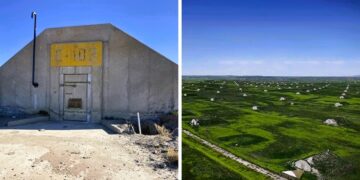
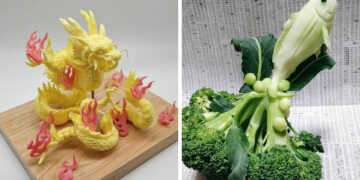
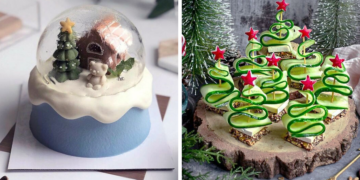


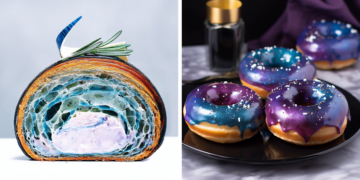
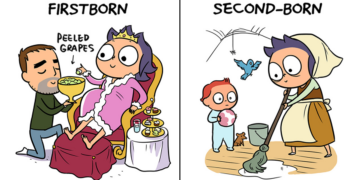
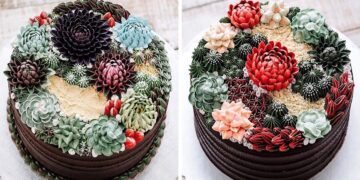
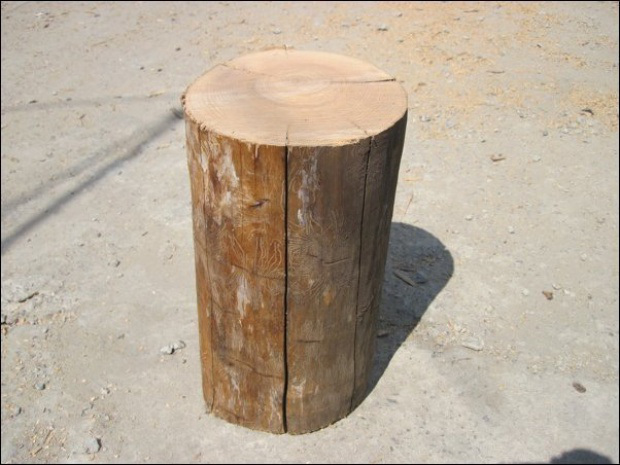
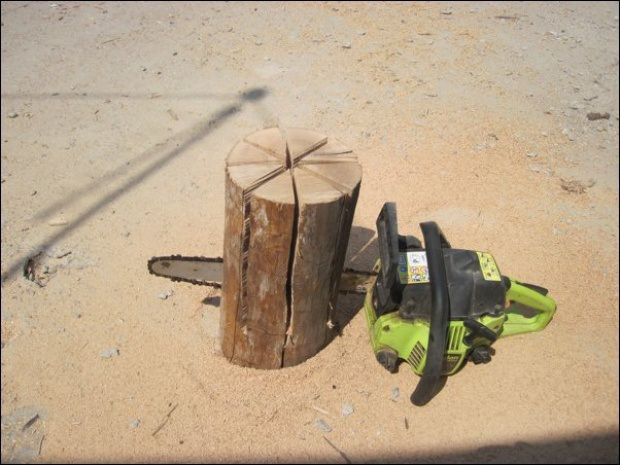

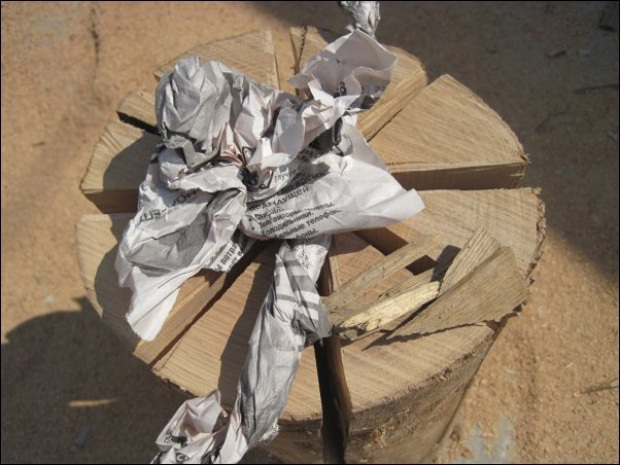
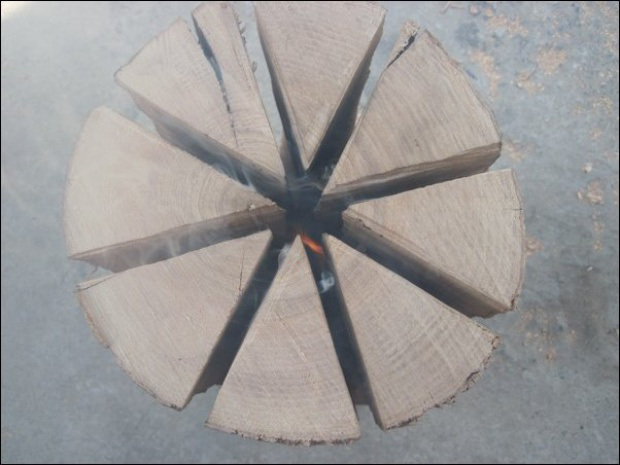
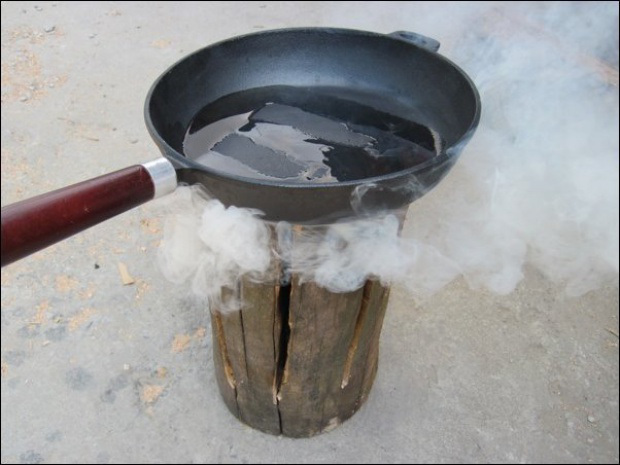
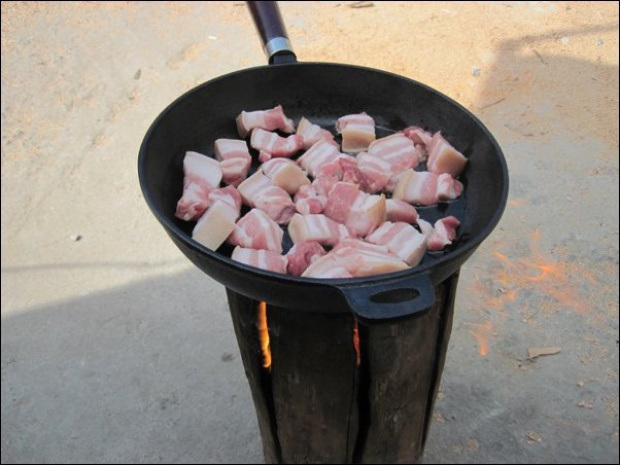
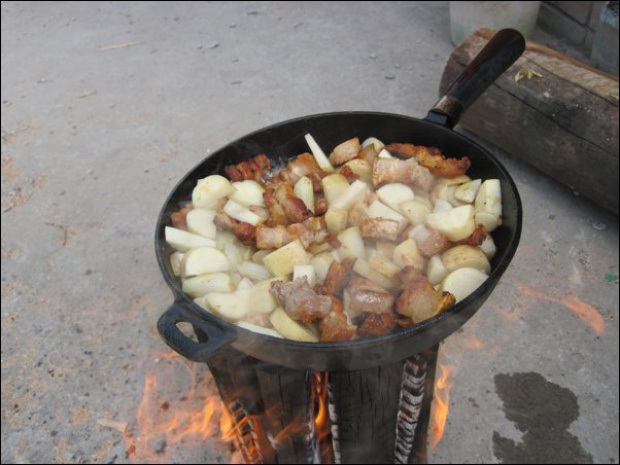
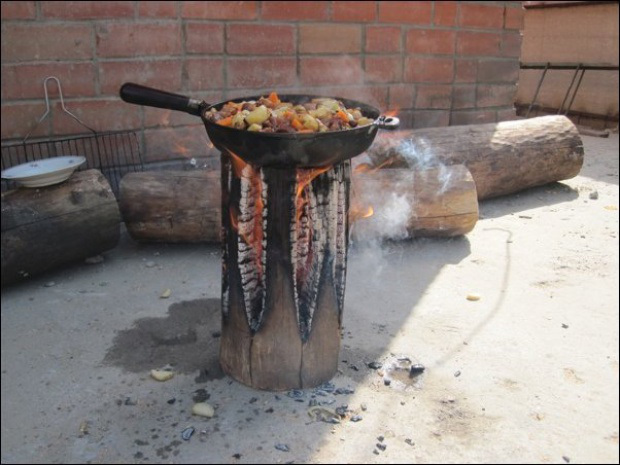
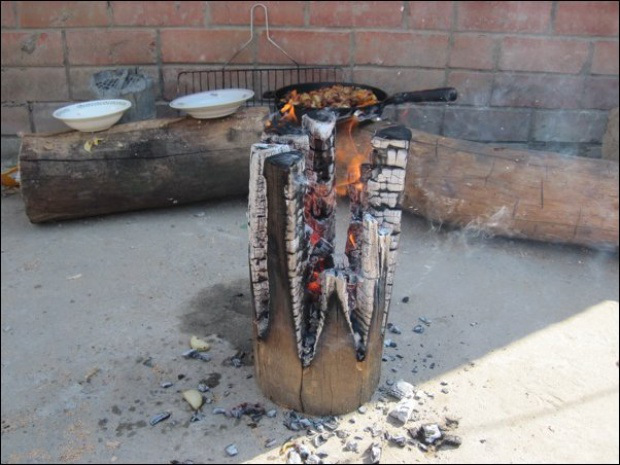
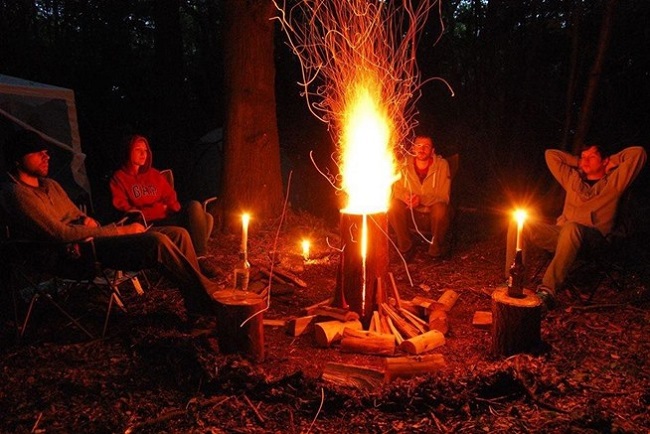









Discussion about this post